Sound recognition Normal Phonics Worksheets for Ages 5-7
11 filtered results
-
From - To
Unlock your child's potential with our Sound Recognition Normal Phonics Worksheets, specifically designed for children ages 5-7. These engaging worksheets help young learners connect sounds to letters, enhancing their phonemic awareness and foundational reading skills. Each worksheet features vibrant illustrations and interactive activities that make learning fun and effective. Students will practice identifying initial sounds, matching letters to their corresponding sounds, and boosting their vocabulary. Perfect for both classroom and at-home learning, these worksheets cater to various learning styles, ensuring every child thrives. Encourage your little ones to explore the world of sounds and letters today with our comprehensive phonics resources!


Blending Consonants: "Fl", "Bl" and "Gl" Printable
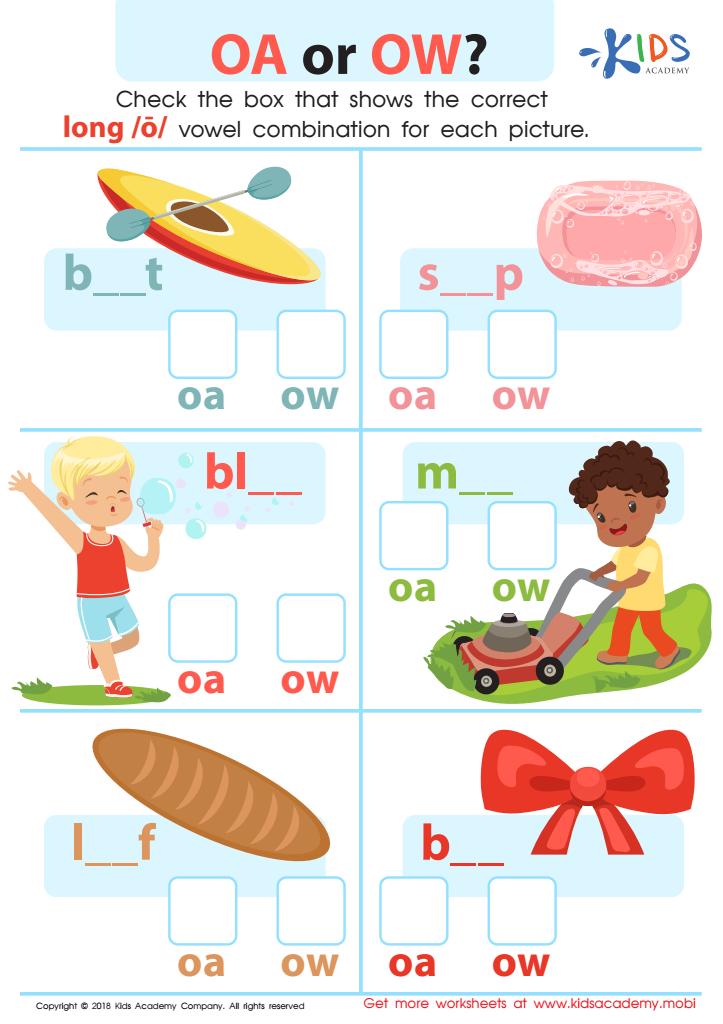

Reading: OA or OW Worksheet


What Do You Hear? Worksheet


Rhyming Words Rhyming Worksheet
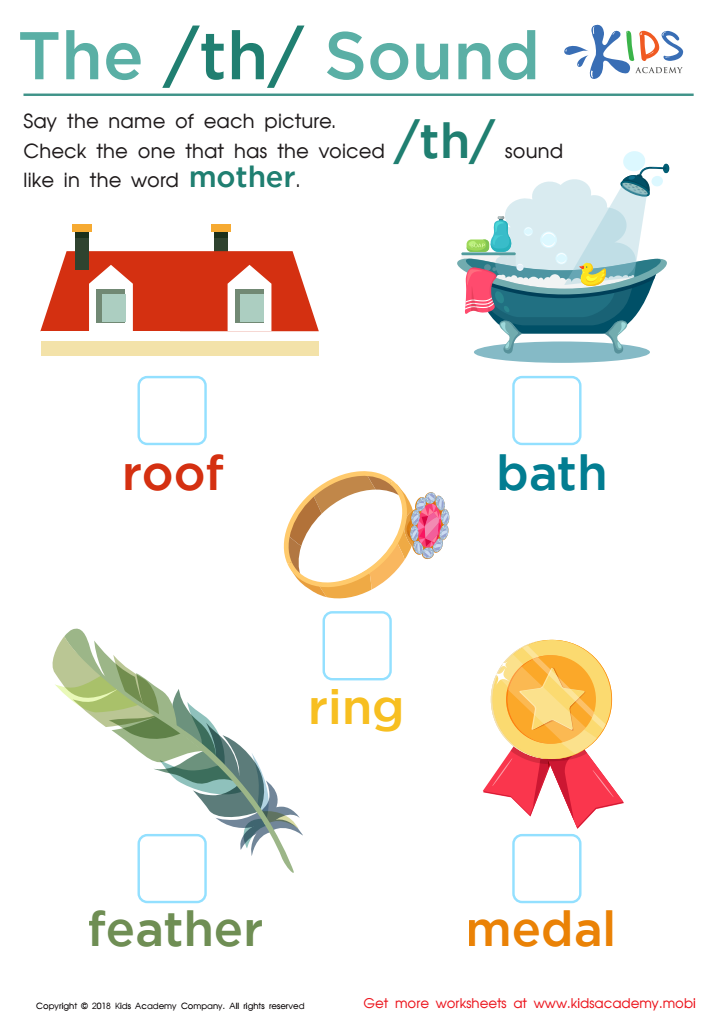

The /th/ Sound Worksheet


Long and Short U Worksheet
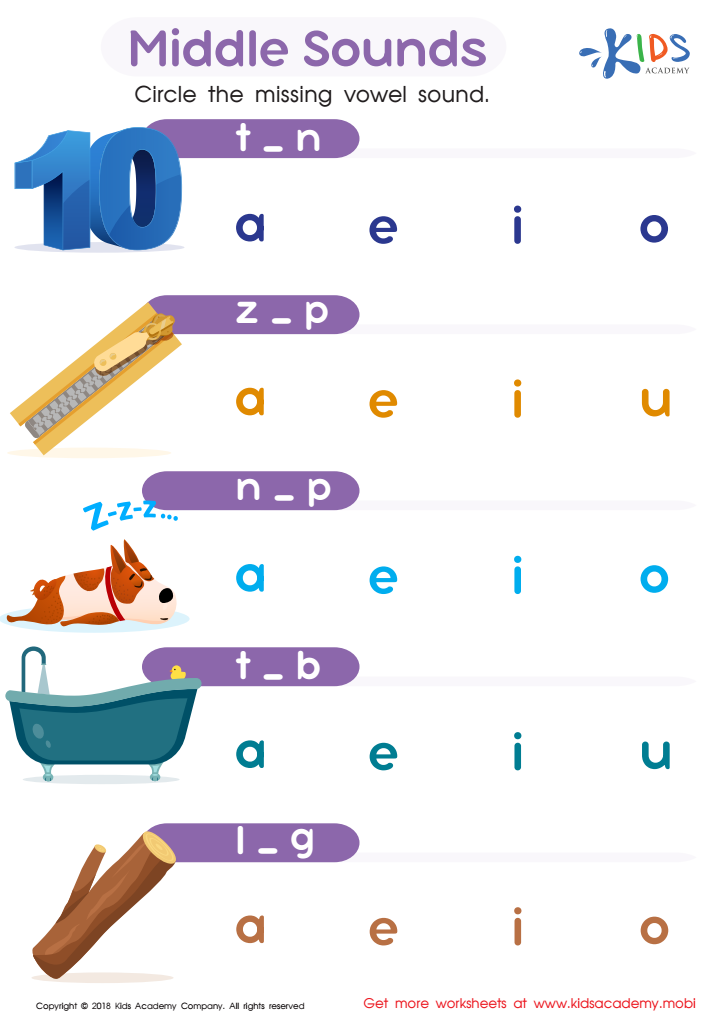

Middle Sounds Worksheet
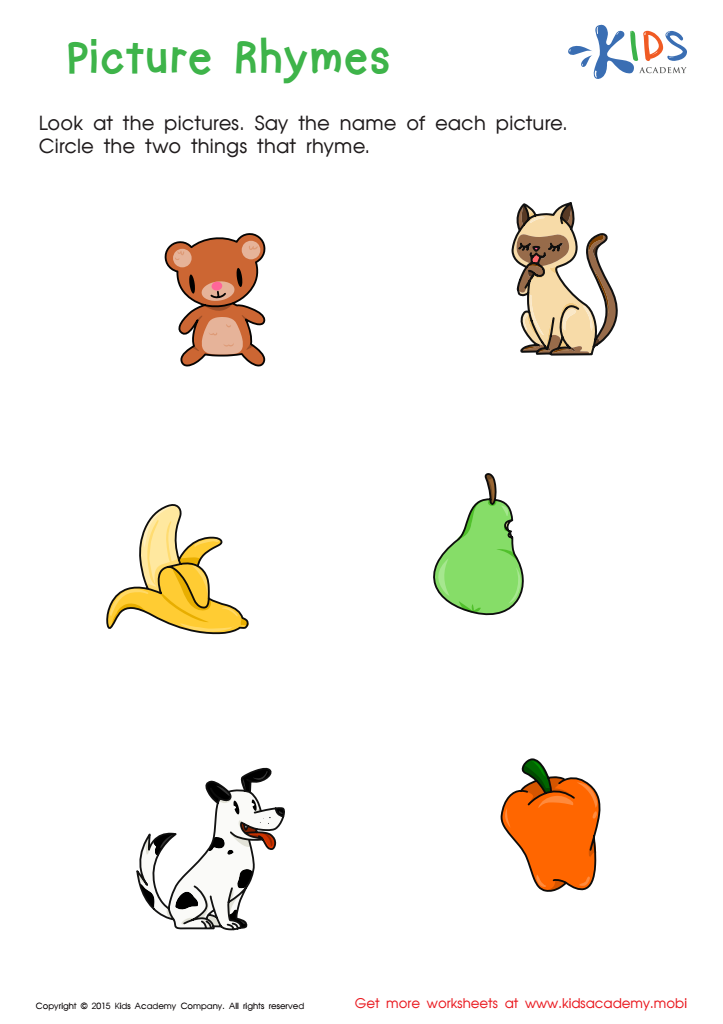

First Words: Picture Rhymes Worksheet
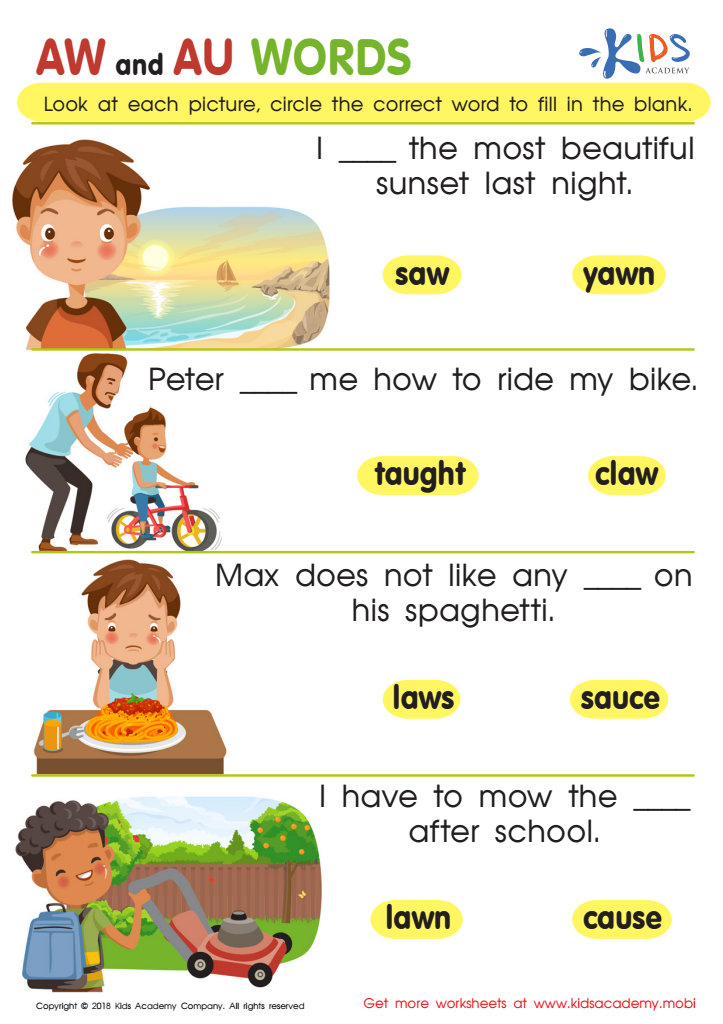

Reading: AW and AU Words Worksheet
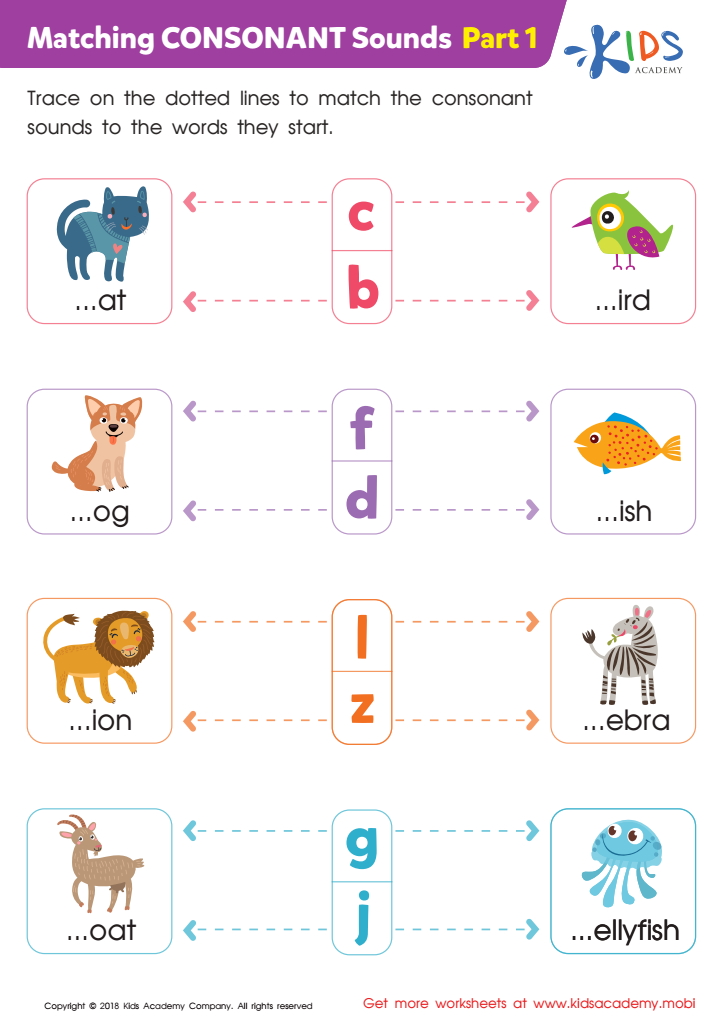

Matching Consonant Sounds: Part 1 Worksheet
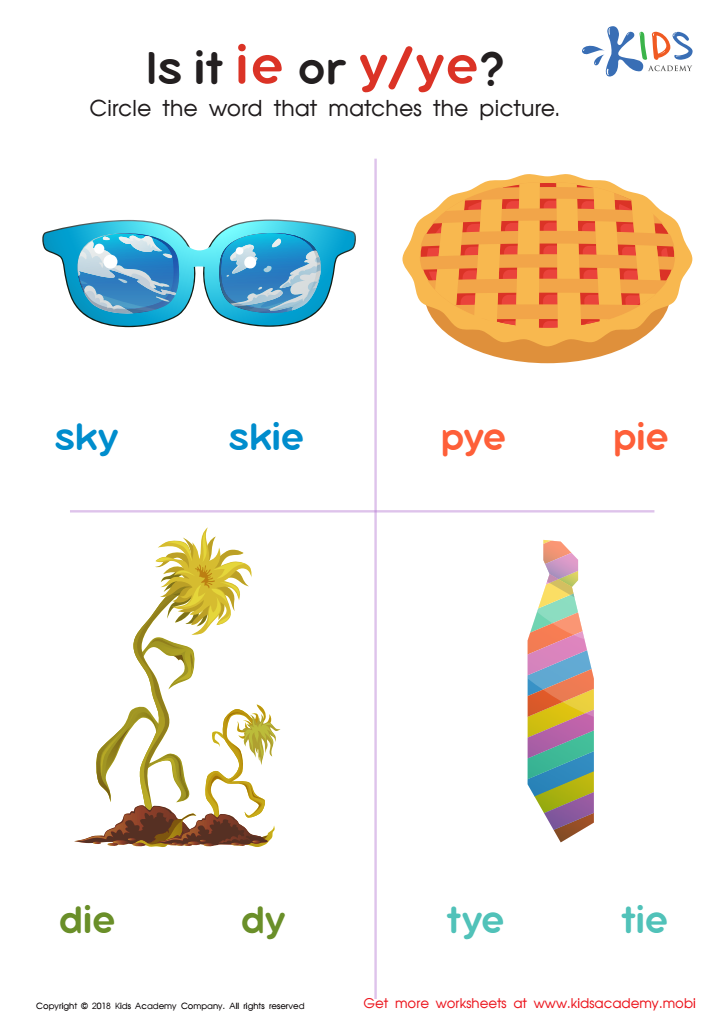

Is It IE or Y/Ye? Worksheet
Sound recognition and phonics are foundational skills in early literacy development, crucial for children aged 5 to 7. Parents and teachers should prioritize these components because they significantly influence reading proficiency and overall academic success. Phonics enables children to connect sounds with letters, which is essential for decoding words. As children learn to recognize sounds and their corresponding letters, they build a solid base for reading fluency and comprehension.
Moreover, mastering sound recognition helps enhance vocabulary acquisition. Children who understand the relationship between sounds and letters can better tackle unfamiliar words, boosting their confidence and encouraging a love for reading. This skill is also intertwined with spelling, allowing students to write more effectively.
Early exposure to sound recognition through engaging activities strengthens auditory discrimination, which impacts listening skills and language development. Collaborative efforts from parents and teachers reinforce these skills in diverse settings, creating a consistent learning experience. By fostering sound recognition and phonics, we empower children to become proficient readers, setting them on a path for lifelong learning and academic achievement. Investing time and resources into these early literacy skills yields significant rewards, benefiting not only the child’s educational journey but society as a whole.
 Assign to My Students
Assign to My Students



















